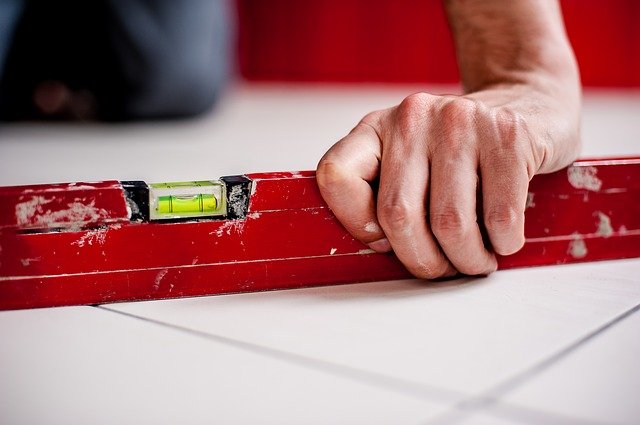Revealed: SDI’s Master Gunsmith Explains Which Firearms Are Put in for Repair Most Often
- Joey Upper
Pretty much every type of firearm will find its way to a gunsmith for modification and/or repair at some point or another, but as we all know — some firearms will inevitably end up being in need of repair more often than others.
Curious about the topic, I reached out to SDI Master Gunsmith Kip Carpenter and posed the question to him: what firearms end up being turned in for repair the most?
The answer surprised me:
“Probably the most typical firearm that comes in for repair is the 12 ga shotgun… I really did not mind working on any but if I was going to pick my least favorite it would be the cheap pistols in 25 cal/.380 that are prone to have trouble from the factory,” he said.
Now, one of those categories of firearms doesn’t surprise me too much. Sometimes you can get a cheap firearm that really works for you — often, they’re just junk.
The other one does! I asked Kip what brands of shotguns ended up in sickbay the most often, and I was surprised again:
“Really the Remington, Mossbergs, Winchesters, and Bellini’s are the most common but you get all kinds,” he noted.
I have to say — that surprised me. When I think “reliable,” I think Mosin Nagant first (out of a shameless bias), then firearms that require some muscle to chamber rounds! Any kind of revolver, pump action, bolt action, or even lever action firearm would seem to me to be the surest-fire way to ensure your gun was out of sick bay.
Plus, my first gun was a Mossberg, and the brand loyalty is real, folks.
Of course, in this day and age, all guns are more and more reliable as we go on. As the firearms market expands, the less collective tolerance we have for sub-par product. If you take that into account, what ends up in shop for repair becomes more of a numbers game — how many people keep 12 gauge shotguns around the house?
Quite a few — literally millions.
That’s good for everybody. It makes us safer and happier, and firearms manufacturers’ reputations grow all the more sterling.
Sometimes, however, you just get a freaking lemon.
The American Rifleman has a great five-step course of action to take if you’ve accidentally gotten a firearm that just doesn’t work.
1. Take it Back to the Seller
Of course, as with any other product, the first impulse we all have is to take it back to the seller. There’s nothing wrong with giving it a shot — even if that just means giving them a call and telling them about the issue.
Each shop, however, has got their own policy when it comes to returns, the primary reason being that any gun leaving a gun shop becomes used goods right away — just like when you buy a car. Best way to prevent being stuck up a creek is a thorough examination before purchasing a firearm.
However, if you just get a raw deal, you can always go to step #2:
2. Contact the Manufacturer
Before trying your hand at the firearm (like we all have the impulse to do), give the manufacturer a call. Often firearms warranties for new guns can be voided when you get into a gun’s guts. Even if your gun is used but recently made, it’s worth checking for a warranty.
3. Repair It Yourself
It’s easy to want to skip to this step if you’re a student at SDI, but it’s better to progress down the chain as described. At this point, however, it’s time to see what you can do. If you can identify the part that’s broken or issue at hand and feel confident in your skill and ability to rectify it, make the gun usable again. Please be aware of what you can do, however, and what you need more practice in. Don’t be afraid to call in some help!
4. Visit the Repair Shop
Just like we discussed before, if you feel like you are out of your depth, don’t be afraid to call for backup! A reputable gunsmith can go a long way not only in repairing your firearm, but boosting your skill set, as well!
5. When All Else Fails: Sell It for Parts
If your gun has gone from “Bang!” to “paperweight,” and there just doesn’t seem like there’s anything you can do to fix the fundamentally ruined firearm, you can always sell for parts! This, of course, is a last resort option, not one you need to be considering unless you’ve checked all four steps above.
What do you think? Please share this story on Facebook and Twitter and let us know!



